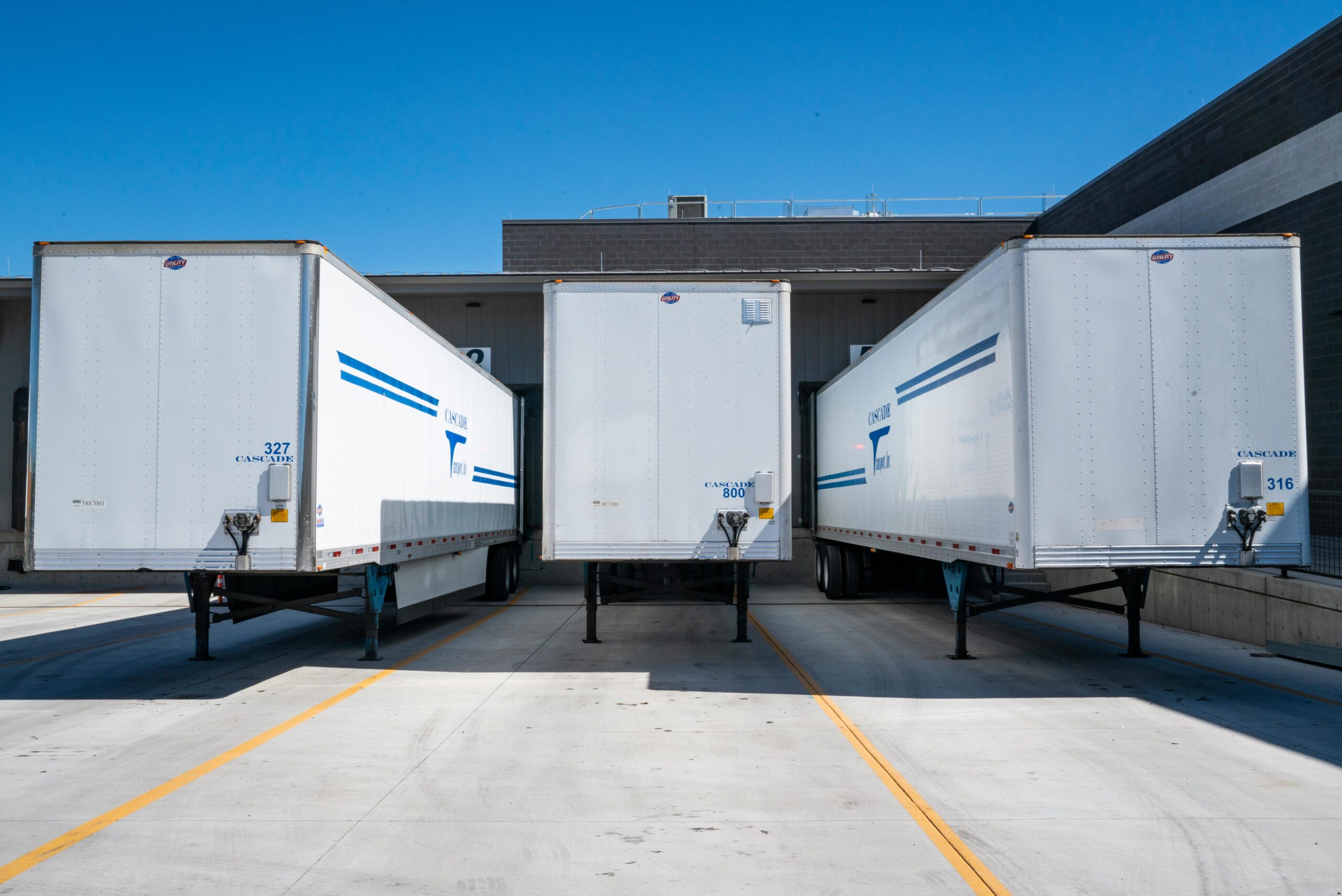Logistics optimization isn’t about throwing more resources at a problem. It’s about doing more with what you already have. For businesses, especially those dealing with physical goods, this often means getting products from point A to B faster, cheaper, and with fewer headaches. But how?
Start with Visibility
You can’t improve what you can’t see. Many companies still rely on disconnected systems—spreadsheets here, phone calls there. The first step is bringing everything together into one place where you can track inventory, shipments, and costs in real time.
A centralized logistics dashboard gives you a bird’s eye view. Once you’re seeing the full picture, you can start asking the right questions:
- Where are we seeing the most delays?
- Which routes cost the most per shipment?
- Are we overstocking or running out of inventory too often?
Route Optimization Saves More Than Gas
Planning smarter delivery routes isn’t just about fuel savings. It’s about time, labor, customer satisfaction, and even emissions. Companies that adopt route optimization tools often cut down on mileage, reduce delivery windows, and improve their reliability.
Let’s say a distributor has 15 stops in a day. The order of those stops, traffic patterns, and driver availability all matter. Optimizing the route based on real-time data—weather, road closures, etc.—can make a big difference over time.
Warehouse Efficiency Matters More Than You Think
A lot of logistics waste happens inside the warehouse. Maybe products are hard to find, maybe they’re being packed inefficiently, or maybe returns take too long to process. Streamlining warehouse operations by using simple technologies—barcode scanners, mobile apps, shelf-mapping—can speed things up and reduce costly errors.
Some businesses have redesigned their storage layouts just to minimize walking distance. Small change, big impact.
Partnering with the Right Carriers
Logistics is rarely a one-person job. From third-party carriers to freight brokers, your partners play a big role in your efficiency. Evaluating carrier performance regularly—on-time delivery, handling of goods, communication—helps you identify who’s adding value and who’s holding you back.
It’s also worth negotiating rates and exploring dynamic pricing models. The cheapest option upfront isn’t always the best deal long-term.
Real-World Example: Smarter Inventory Planning
A mid-size electronics company noticed frequent backorders on popular items but surplus stock on slower ones. After analyzing their logistics data, they adjusted their reorder points and prioritized fast-moving inventory at distribution centers closer to key markets.
Within months, they reduced shipping costs by 18% and improved order fulfillment rates.
Keep It Simple
You don’t need to implement every advanced tech at once. Start with the basics:
- Clear tracking systems
- Smarter routes
- Better stock control
Even small wins add up when you apply them consistently.
Logistics optimization isn’t a one-time project—it’s an ongoing mindset. The businesses that get ahead are the ones constantly asking, “Is there a better way to do this?” If you stay curious and keep refining the process, your logistics won’t just keep up—they’ll lead the way.

